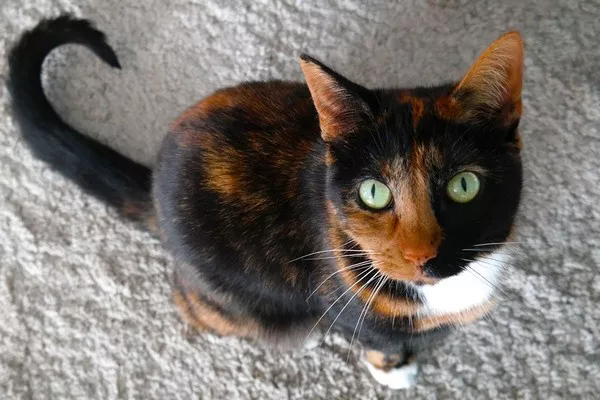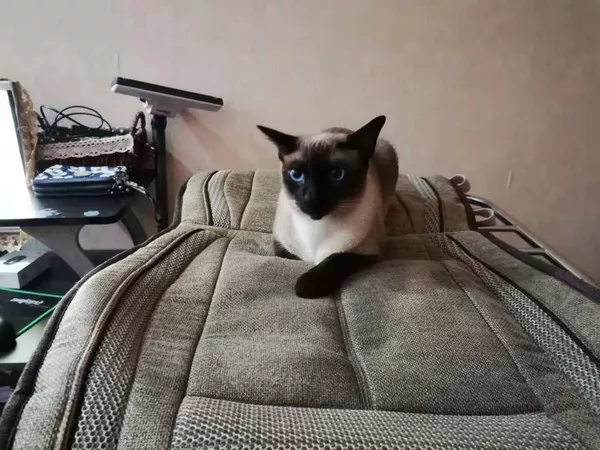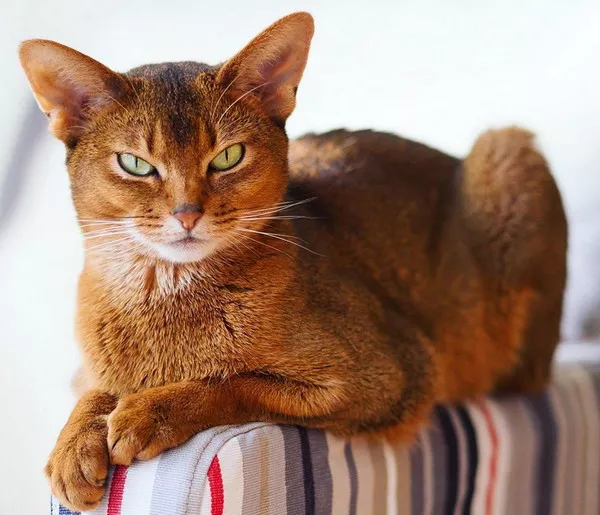The enigmatic and independent nature of cats has long intrigued pet owners and researchers alike. One question that frequently arises is whether cats feel love. While cats may not express emotions in the same ways as humans or even dogs, there is growing evidence to suggest that cats are indeed capable of experiencing love and forming strong emotional bonds. In this article, we will explore five ways we know cats feel love, shedding light on their complex emotional lives and dispelling the notion that cats are indifferent companions.
1. Behavioral Changes in the Presence of Loved Ones
Tail Wagging
Cats use their tails as a means of communication, and a tail that quivers or wags in the presence of a beloved human or fellow pet can be a sign of excitement and affection. This tail wagging is often accompanied by purring and rubbing against the person or animal they feel a connection with.
Following and Mimicking
Cats that follow their owners from room to room or mimic their behaviors are displaying a form of social bonding. This behavior indicates that the cat wants to be near their human companion and is interested in their activities.
See Also: A Guide to Cat Body Language
2. Purring as an Expression of Contentment
The Sound of Love
Purring is one of the most well-known and cherished behaviors of cats. While cats purr for various reasons, one of the primary motivations is to express contentment and comfort. When a cat purrs while being petted or held, it can be seen as a sign of their affection and love for the person providing care.
Healing Properties of Purring
Interestingly, purring is also thought to have healing properties. The vibrations produced during purring are believed to promote relaxation and even assist in healing, demonstrating a deep connection between a cat’s emotional state and its physical well-being.
3. Grooming as a Bonding Ritual
Mutual Grooming
Cats engage in grooming rituals not only to keep themselves clean but also as a way of bonding with other cats or their human companions. If a cat grooms you or allows you to groom them, it’s a strong indicator of their trust and affection.
Licking and Nuzzling
Licking and nuzzling are forms of grooming that cats reserve for those they feel close to. These behaviors are expressions of love and can help reinforce the emotional connection between a cat and their chosen companion.
4. Slow Blinking: A Sign of Trust and Love
The “Cat Kiss”
A slow blink from a cat, often referred to as a “cat kiss,” is a powerful signal of trust and affection. When a cat closes its eyes slowly in your presence, it’s a non-verbal way of saying that they feel comfortable and safe with you.
Reciprocating the Blink
Returning a slow blink to your cat can strengthen your bond and convey your affection in a language they understand. This mutual understanding and exchange of “kisses” can deepen the emotional connection between you and your feline friend.
5. Stress and Distress in the Absence of Loved Ones
Separation Anxiety
Cats that display signs of distress, such as excessive meowing, pacing, or changes in behavior, when their owners are absent may be experiencing a form of separation anxiety. This reaction indicates that they have formed an emotional attachment and feel love for their owner.
Preference for Familiar Faces
Studies have shown that cats are more likely to approach and interact with their human companions over strangers. This preference for familiar faces suggests that cats not only recognize their loved ones but also feel more comfortable and secure in their presence.
See Also: Do Cats Have Feelings? [Revealed!]
Conclusion
In conclusion, the notion that cats are aloof and incapable of forming emotional bonds has been challenged by a growing body of evidence. The complex behaviors and interactions that cats exhibit provide insights into their emotional lives and their capacity for love. From tail wagging and purring to grooming rituals and slow blinking, cats communicate their affection in a language that may differ from that of humans but is just as valid. By recognizing and responding to these expressions of love, we can nurture and strengthen the unique bonds we share with our feline companions. As our understanding of cats’ emotions continues to evolve, it’s clear that love and companionship are at the heart of the human-cat relationship.


























